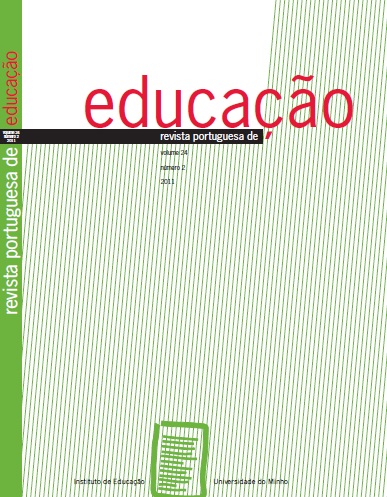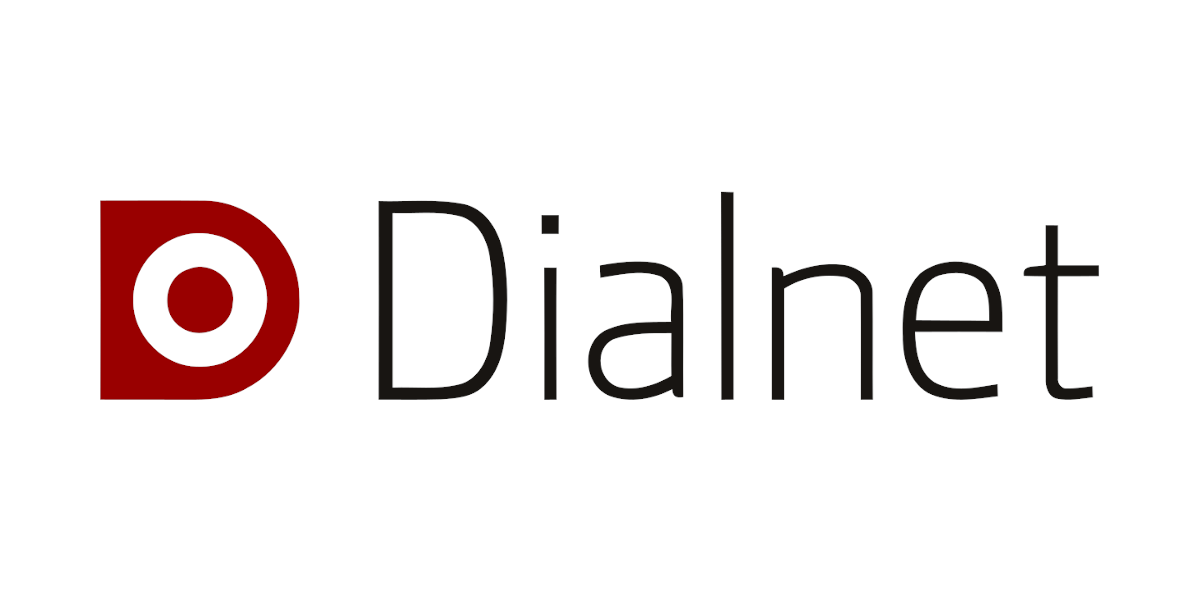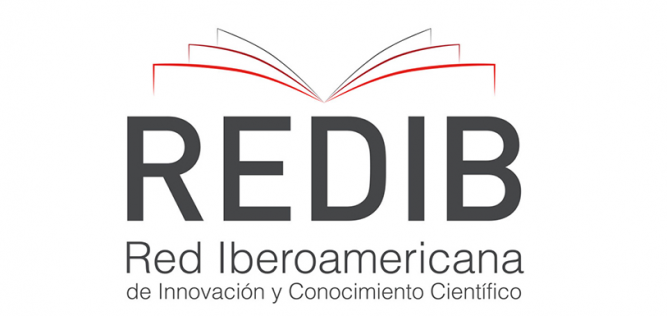BUILDING A MODEL TO ANALYSE A MATHEMATICS TEACHER PRACTICE
DOI:
https://doi.org/10.21814/rpe.3032Abstract
Teaching practice can be seen in different perspectives; one of them is the cognitive perspective. We present a model that, starting from teaching practice, allows us to examine which cognitions are at stake when teachers are immersed in their practice, and also the ways in which those cognitions are
related and what is their role in the teaching process. The establishment of such a model allows us to simplify something so complex as the teaching process. In this paper we present the process of construction of such a model, in an elementary 4th grade class in which the teacher makes a dialogued review of the differences between squares and rectangles regarding
measurements and number of sides. The model emphasizes the cognition evidenced by the teacher as well as the relations between them and the actions he takes. We finish by presenting the possible implications of the use of this model in the initial and continuing training of teachers.
Keywords
Teaching model; Cognitions; Practice; Mathematics
Downloads
Downloads
How to Cite
Issue
Section
License
1. The authors preserve their authorship and grant the Portuguese Journal of Education the right to the first publication. The work is licensed under Creative Commons Attribution License that allows sharing the work with the acknowledgment of initial authorship and publication in this Journal.
2. The authors have the right to take additional contracts separately, for non-exclusive distribution of the published version of their work (e.g. to deposit in an institutional repository or as a book chapter), acknowledging the initial authorship and publication in this Journal.
3. The authors have the permission and are stimulated to post their work online (e.g. in an institutional repository or on their personal website). They can do this at any phase of the editorial process, as it may generate productive changes, as well as increase impact and article citation (see The Open Citation Project).
The work is licensed under Attribution-ShareAlike 4.0 International (CC BY-SA 4.0)




















